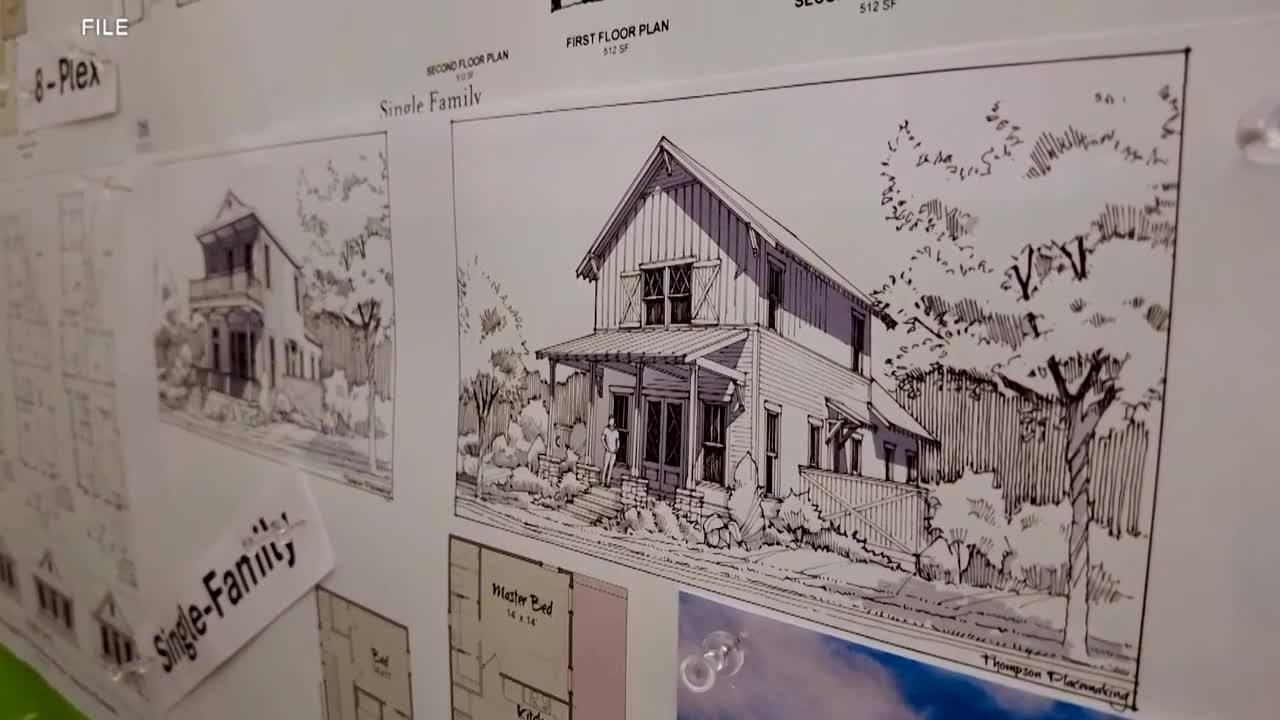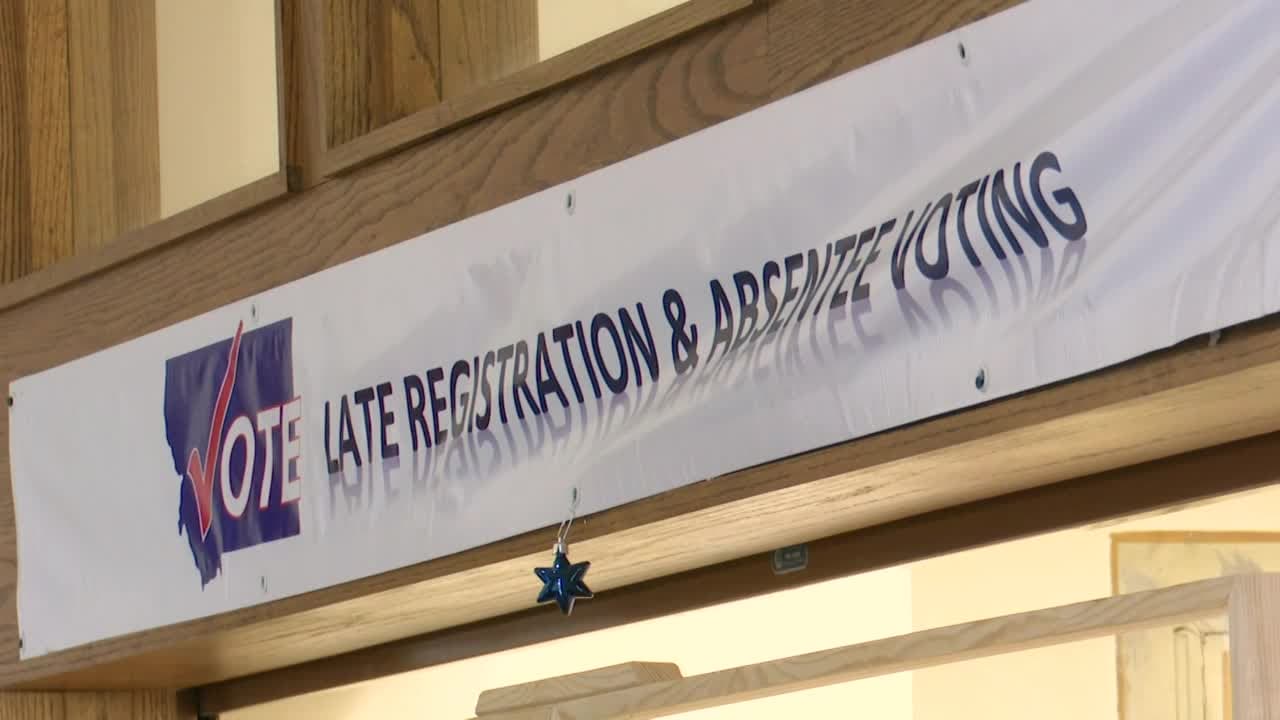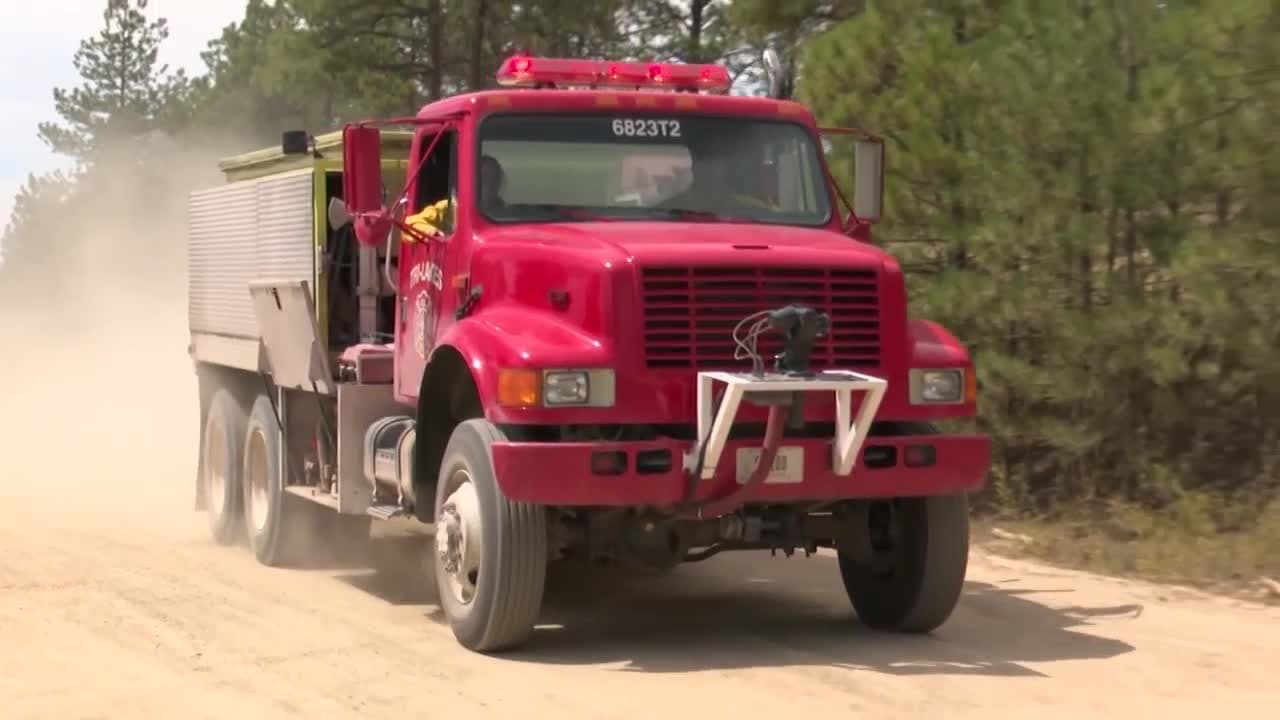East Helena Approves Rose Hills Mixed Income Neighborhood Plan
East Helena city commissioners unanimously approved the Rose Hills mixed income neighborhood plan on November 19, moving a major housing project forward on a portion of the former Asarco smelter property. The decision advances engineering and infrastructure design and matters to residents because it promises new homes, parks, and long term affordability tools that will affect local services and development patterns in Lewis and Clark County.

City leaders in East Helena gave unanimous approval on November 19 to the Rose Hills mixed income neighborhood plan, clearing the way for engineering and infrastructure design on a large housing development sited on part of the former Asarco smelter property. The plan, led by Helena Area Habitat for Humanity, will proceed into detailed engineering work over the coming winter with construction of streets, utilities, and parks expected to begin in spring 2026.
The approved first phase encompasses roughly 101 building lots, and planners say initial phases could accommodate more than 170 homes. The development is designed to deliver a range of housing types including starter homes, townhomes, family houses, and apartments along with parks, trails, and shared amenities intended to foster neighborhood connection. Helena Area Habitat for Humanity has emphasized that the project will include long term affordability tools such as a community land trust to preserve housing affordability over time.
The unanimous vote signals broad local political support for advancing housing supply in East Helena and in Lewis and Clark County more broadly. For residents, the plan represents a tangible expansion of housing options that may relieve pressure on the local market and provide opportunities for households priced out of the community. The mix of housing types and inclusion of formal affordability mechanisms could influence future housing policy decisions at the municipal and county level.
Siting the neighborhood on a portion of the former Asarco smelter property raises practical and regulatory considerations for project delivery. The legacy of industrial use will require sustained oversight and coordination with any state or federal remediation and permitting processes relevant to redevelopment of contaminated lands. Ensuring clear lines of responsibility for remediation, monitoring, and infrastructure financing will be important for resident safety and fiscal accountability.
The project timeline anticipates winter engineering work to resolve street layouts, utility routing, grading, and park design before contractors mobilize next spring. Construction of public infrastructure will determine the pace at which building permits and vertical construction for homes can follow. Local officials and the nonprofit lead will need to coordinate with county services, school planners, and transportation authorities to manage impacts from an influx of new households when construction is complete.
Beyond bricks and mortar, Rose Hills could shape civic engagement and public expectations about redevelopment on former industrial sites. The community land trust element offers a model for locking in affordability, while the nonprofit lead changes the dynamic from a purely private development to one with explicit social goals. As engineering moves forward this winter, residents and county officials will monitor project milestones closely to ensure transparency, oversight, and alignment with long term community needs.


